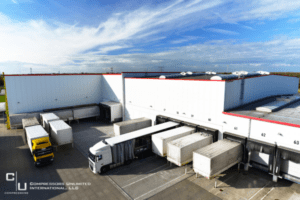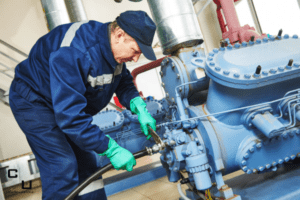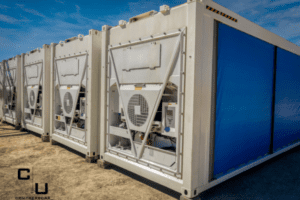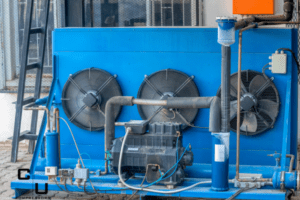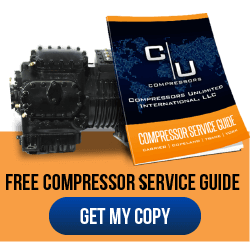Things have changed quite a bit since the old days of milkmen bringing fresh bottles door to door around the neighborhood. But the demand for milk has skyrocketed since then, and so has the need for professionals to make sure it’s of the highest quality.
Milk hasn’t always been considered a key part of a balanced breakfast. But thanks to the ubiquitous and very popular “Got Milk?” campaign, now over 25 years old, more Americans have come to recognize the health benefits of milk. That’s led to greater interest in consuming some milk on a weekly basis.
While milk and cereal have long been understood to be a winning combination, the demand for cereal is down even as the desire for milk remains robust. Though it’s declined from its all-time peak, Americans still drink about 18 gallons of milk every year.
Where does it all come from? And how does it get to your table?
The top five states for milk production in the United States are:
- California
- Wisconsin
- Idaho
- New York
- Texas
Annual milk production in 2019 amounted to a whopping 218 billion pounds, an astronomical figure that’s nonetheless about 4% higher than it was in the previous year. Not all of that production goes into jugs and bottles, however: Much of it is used in the production of America’s other favorite dairy good, cheese.
In the midst of all this, it’s easy to overlook Arizona’s important contribution to the dairy scene.
Arizona is Small but Powerful When it Comes to Milk Production
Milk may not be the first thing you think of when you think of Arizona.
Outside the state, it’s known largely for its vast deserts and beautiful national parks. But although it might not have the rolling acres of arable land enjoyed by some larger states, the agriculture industry is highly efficient.
Arizona is home to only about 100 dairy farms, a modest figure by any rubric. But average herd sizes are high, topping 1,500 cows. Some farms range above 8,000 heads of cattle. In milk production per cow, Arizona blows some larger states away, achieving an astonishing 23,000 pounds.
In fact, Arizona’s Maricopa and Pinal Counties are among the top 20 milk-producing counties in America.
Someone has to oversee all that production, and the United Dairymen of Arizona is at the forefront.
The United Dairymen Have Helped Arizona’s Dairy Industry Grow
Arizona’s dairy industry reflects its history and the available technology. As changes in parlor design enable larger quantities of cows to be milked, the industry is poised for transformation. But quality has always been a hallmark of Arizona dairy. One organization that takes it very seriously is the United Dairymen of Arizona, which has co-op members across several neighboring states.
The UDA co-op was founded in 1960, merging two local dairy associations at a time when greater synergy was needed to ensure an adequate supply of fresh milk. Arizona dairy families are the exclusive owners of the co-op. It represents about 69 dairy farms with an average of 2,700 head of cattle per farm.
UDA’s Tempe manufacturing facility is one of the most advanced in the state of Arizona.
It operates 24 hours a day, seven days a week, processing a wide range of dairy products:
- High, medium, and low-heat varieties of nonfat dry milk
- Milk Protein Concentration (MPC)
- Cream
- Butter
- Skim and condensed skim milk
- Lactose powder
With more than 300 employees, United Dairymen of Arizona holds a key role within the local dairy production ecosystem. It provides technical services including installation, emergency repair, equipment maintenance, and transportation. Refrigeration technology falls within the scope of that expertise.
And with dairy output expanding fast, professionals are turning to Copeland compressors.
Copeland Compressors Are a Natural Fit for Dairy Farms to Scale Operations
Milk should be received at 45°F or less and cooled to 41°F. As new technologies make it possible to milk more cows faster, this naturally means a higher volume of milk must be cooled. A compressor failure puts hundreds of gallons of milk at risk and can cause a significant chain reaction imperiling thousands of gallons.
Enter Copeland, a trusted U.S.-based refrigeration commercial compressor brand.
With a nearly century-long history of innovation, Copeland compressor models are trusted throughout the full scope of U.S. agriculture. Copeland products are known to be reliable and easy to maintain, enabling them to last longer than many competitors with appropriate maintenance – a major consideration in dairy.
Copeland compressors benefit from engineering expertise that has eliminated many points of fault. Providing high refrigeration power in a compact footprint means dairy space can be optimized. By using remanufactured commercial compressors, organizations like UDA can save money without losing quality.
Copeland products are ideal for dairy farms eager to innovate, grow, and serve the public better. Everything starts with reliable refrigeration, and Copeland delivers performance you can trust.



